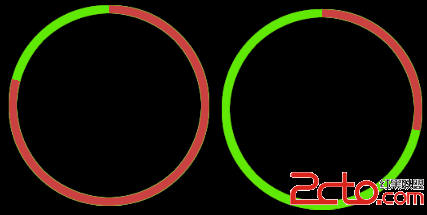xcode target
A target specifies a product to build and contains the instructions for building the product from a set of files in a project or workspace. A target defines a single product; it organizes the inputs into the build system—the source files and instructions for processing those source files—required to build that product. Projects can contain one or more targets, each of which produces one product.
The instructions for building a product take the form of build settings and build phases, which you can examine and edit in the Xcode project editor. A target inherits the project build settings, but you can override any of the project settings by specifying different settings at the target level. There can be only one active target at a time; the Xcode scheme specifies the active target.
A target and the product it creates can be related to another target. If a target requires the output of another target in order to build, the first target is said to depend upon the second. If both targets are in the same workspace, Xcode can discover the dependency, in which case it builds the products in the required order. Such a relationship is referred to as an implicit dependency. You can also specify explicit target dependencies in your build settings, and you can specify that two targets that Xcode might expect to have an implicit dependency are actually not dependent. For example, you might build both a library and an application that links against that library in the same workspace. Xcode can discover this relationship and automatically build the library first. However, if you actually want to link against a version of the library other than the one built in the workspace, you can create an explicit dependency in your build settings, which overrides this implicit dependency.
补充:移动开发 , IOS ,




